Flat Top Goldenrod Plants – How To Grow Flat Top Goldenrod Flowers
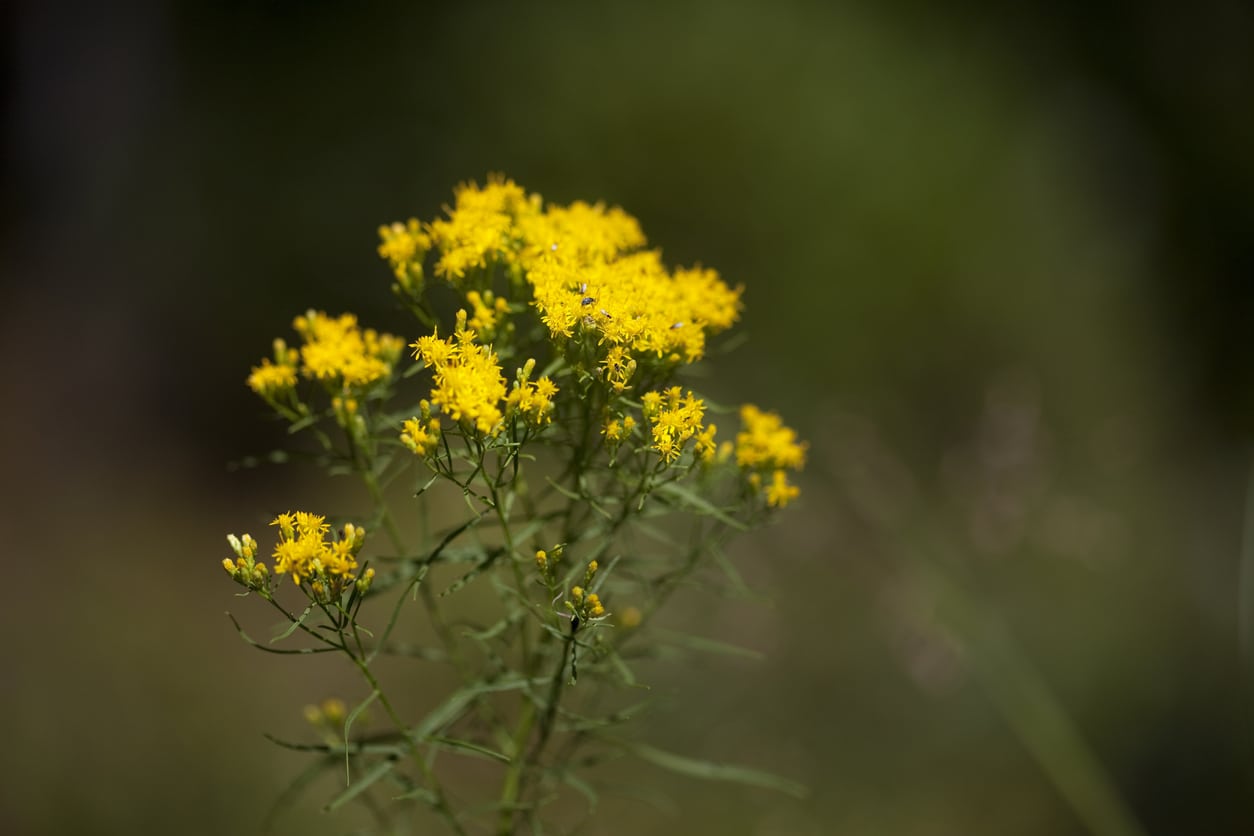

Flat top goldenrod plants are variously identified as Solidago or Euthamia graminifolia. In common language, they are also called grass-leaf or lance leaf goldenrod. It is a common wild plant in parts of North America and can be considered a nuisance in a few regions. While the plant itself is not particularly spectacular, the pretty flattened clusters of golden yellow flowers that bloom all summer are a treat.
What is Flat Top Goldenrod?
On a nature hike in many eastern states, you might come across this native goldenrod. What is flat top goldenrod? It is a tall, sprawling, fall-over-itself mess of a plant with beautiful flowers. Growing grass leaved goldenrod can help tempt pollinators to your landscape. Several bees and butterflies are drawn to the lovely flowers and their nectar. Combined with other native wildflowers, flat top goldenrod plants will pack a powerful golden punch. Flat topped goldenrod can become invasive due to its deep taproots. It is an upright, branched perennial that grows 1 to 4 feet (31 cm. to 1 m.) tall. The top of the plant is bushy due to the sub-branching of numerous stems and the slender leaves. The leaves have no petioles and taper to a point, narrowing towards the stem. Leaves have a strong scent when crushed. Each bright yellow, flat-topped flower cluster contains 20 to 35 tiny starry flowers. The outer flowers bloom first with a slow inward wave of opening. For those wondering how to grow flat top goldenrod, it is propagated through seed or division of the root ball and rhizome material.
Growing Grass Leaved Goldenrod
Whether started by seed, vegetative material, or purchased mature plant, this goldenrod establishes easily. Choose a location in full sun with moist but well-draining soil. The plant is usually found growing wild in wetlands but can tolerate slightly drier sites. Take rhizome divisions when the plant is dormant and plant immediately. Seed germination may benefit from stratification and can be planted in fall in a cold frame or directly into soil in spring when soil temperatures warm.
Grass Leaved Goldenrod Care
This is an easy plant to grow but can be a bit of trouble to manage. It is recommended to remove flowers before they seed or erect a native plant barrier to prevent the spread of seed. Keep plants moderately moist, especially in summer. In addition to pollinators, the flowers attract two species of beetle. The goldenrod soldier beetle produces larvae that are beneficial partners, feeding on the likes of maggots, aphids, and some caterpillars. The other beetle that likes to hang out with this goldenrod is the black blister beetle. Its name comes from the poisonous substance cantharidin, which can harm animals that eat the plant. For best appearance, cut back plants at the end of the season to 6 inches (15 cm.) from the ground. This will produce thicker, more lush plants and more of the blooming stems.
Gardening tips, videos, info and more delivered right to your inbox!
Sign up for the Gardening Know How newsletter today and receive a free copy of our e-book "How to Grow Delicious Tomatoes".

Bonnie Grant is a professional landscaper with a Certification in Urban Gardening. She has been gardening and writing for 15 years. A former professional chef, she has a passion for edible landscaping.
-
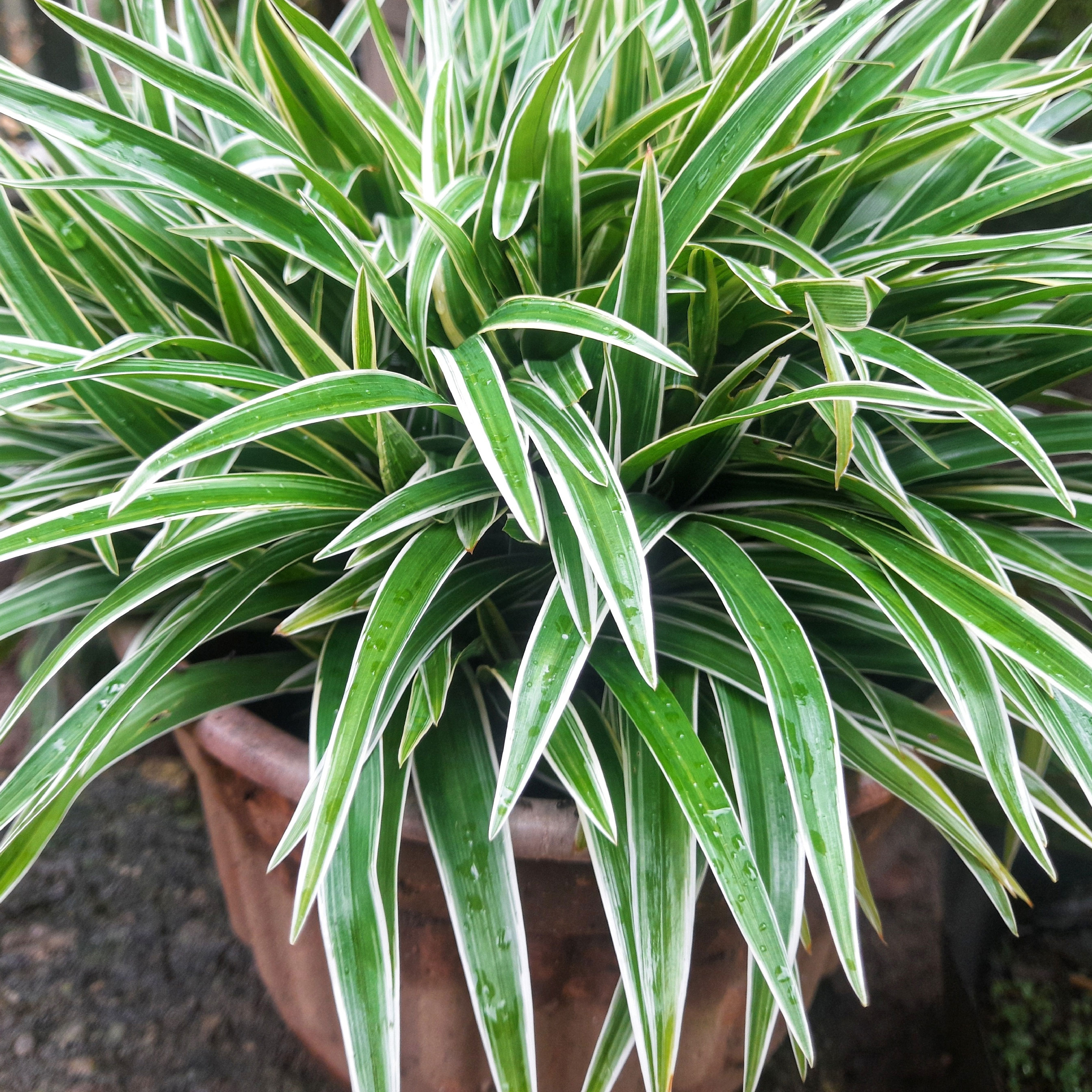 Want To Know How To Make A Spider Plant Bushier? 4 Secrets For Lush & Bushy Spiders
Want To Know How To Make A Spider Plant Bushier? 4 Secrets For Lush & Bushy SpidersAre you looking for ways to make your spider plant look bigger or more dramatic? Follow these quick and easy tips on how to make a spider plant bushier
By Teo Spengler
-
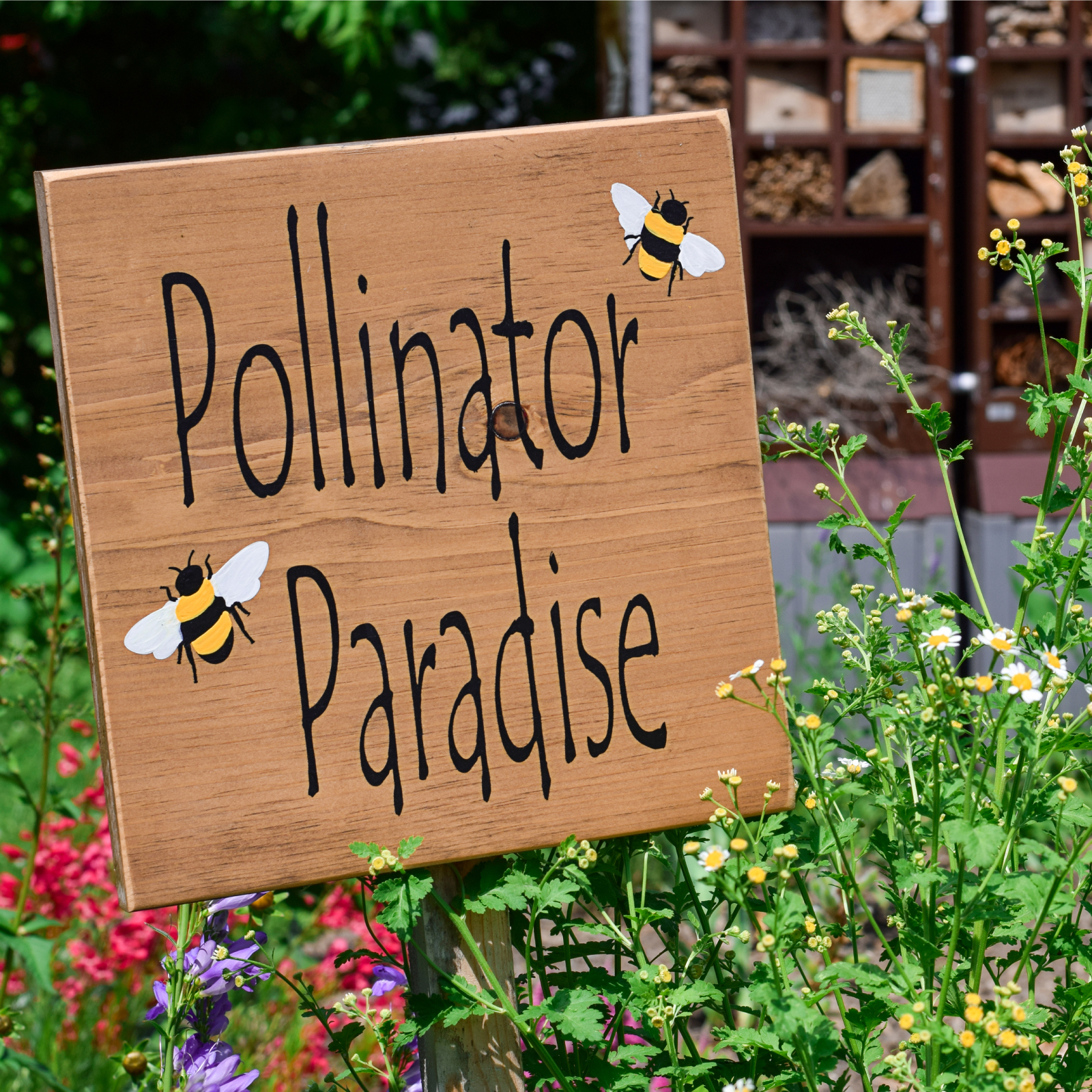 What Is A Pollinator Garden? Grow Gorgeous Blooms While Benefiting Your Local Ecosystem
What Is A Pollinator Garden? Grow Gorgeous Blooms While Benefiting Your Local EcosystemPollinator gardens look great and also provide a diverse ecosystem that benefits your local pollinating insects and animals. Get started today with this guide!
By Bonnie L. Grant
-
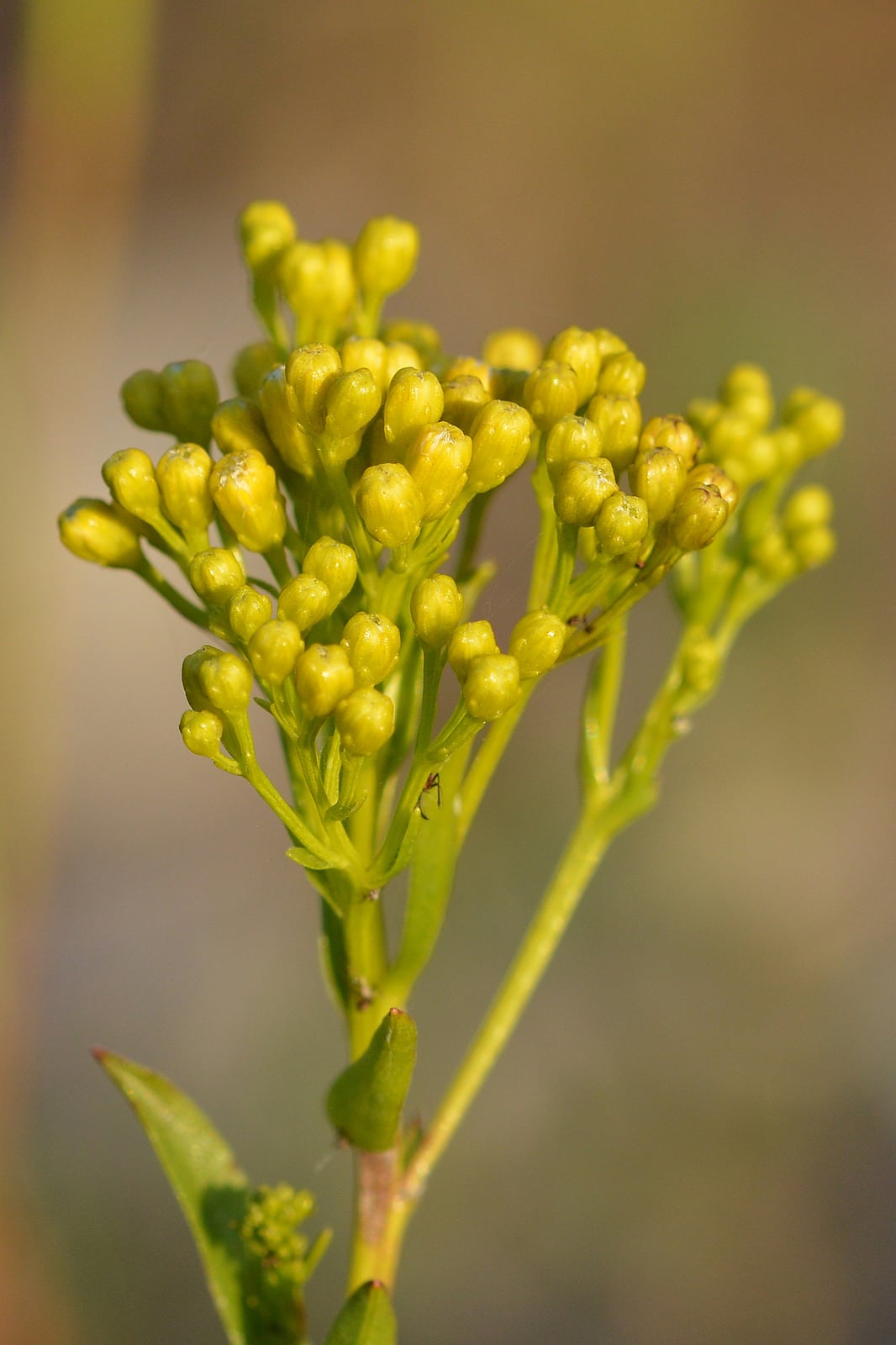 Ohio Goldenrod Information: How To Grow Ohio Goldenrod Flowers
Ohio Goldenrod Information: How To Grow Ohio Goldenrod FlowersWhile not widely distributed, growing Ohio goldenrod is possible by purchasing seeds. The following article contains information on how to grow Ohio goldenrod and about Ohio goldenrod care within a native growing environment. Click here for more info.
By Amy Grant
-
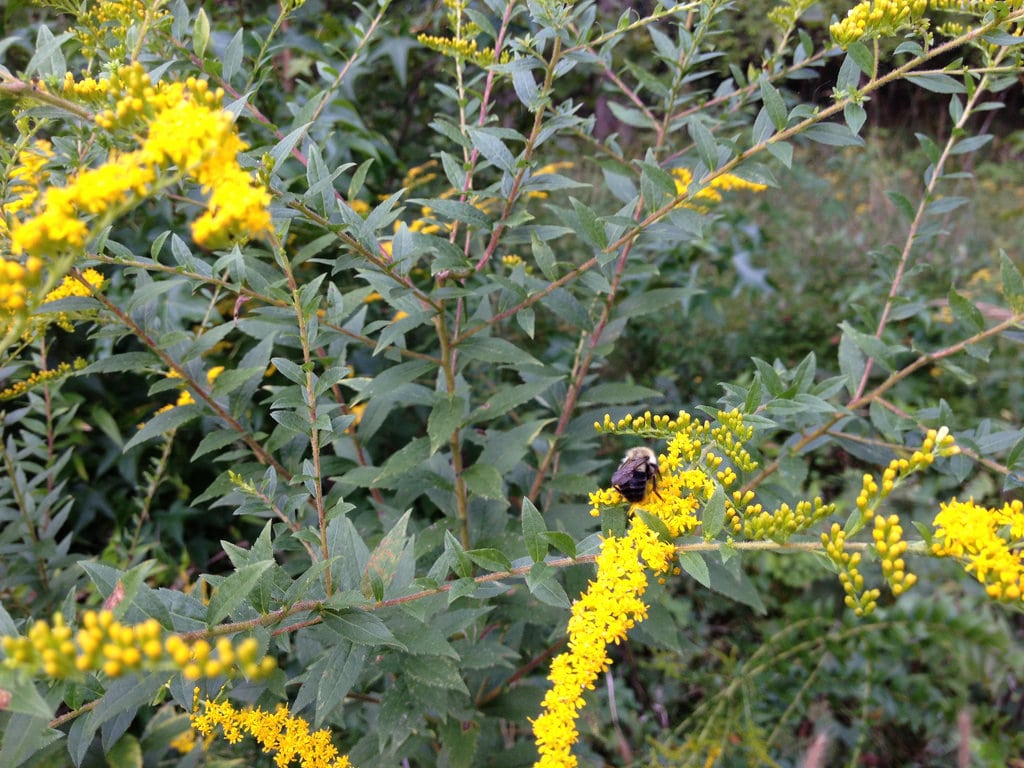 Wrinkled Goldenrod Plants: A Guide To Rough Goldenrod Care
Wrinkled Goldenrod Plants: A Guide To Rough Goldenrod CareRough goldenrod flowers bloom in the fall and add a spectacular, rich yellow to the autumnal landscape. As a native wildflower, it looks great in perennial beds and natural areas of your garden. Care is easy too, and this article will help get you started.
By Mary Ellen Ellis
-
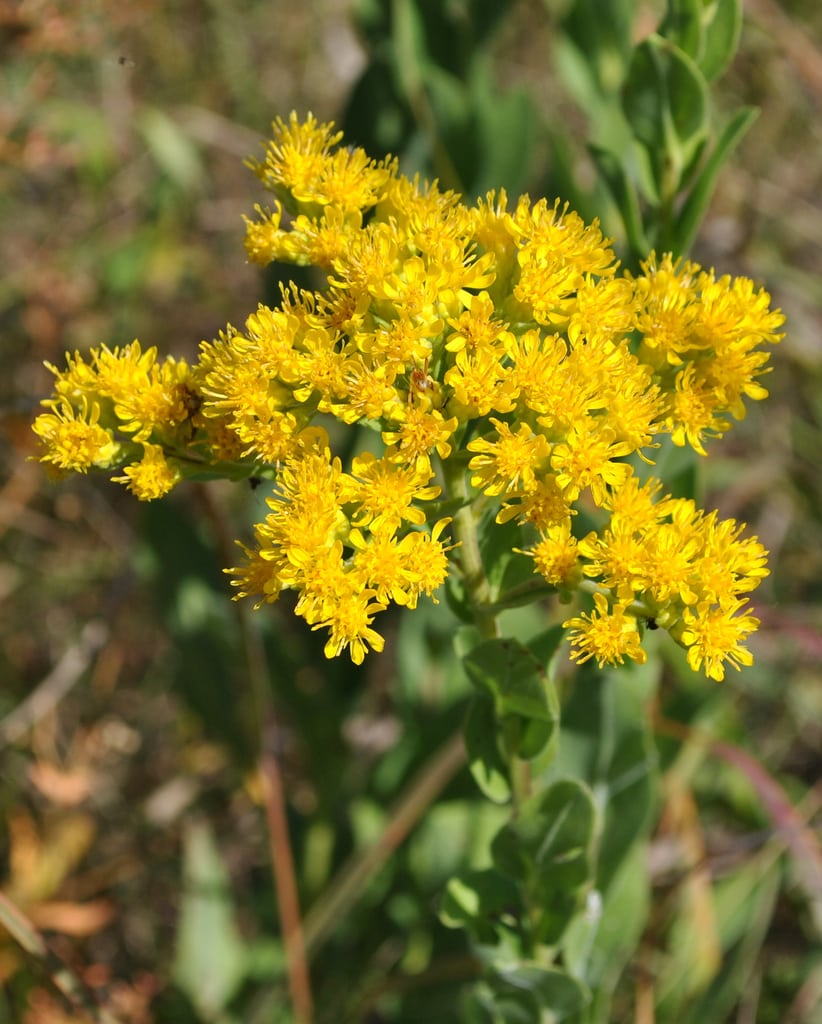 Stiff Goldenrod Care – How To Grow Stiff Goldenrod Plants
Stiff Goldenrod Care – How To Grow Stiff Goldenrod PlantsIf you are thinking of growing stiff goldenrod (Solidago rigida), it will bring an easy-care and eye-catching native plant into your garden. For more rigid goldenrod information and tips on how grow stiff goldenrod, click on the article that follows.
By Teo Spengler
-
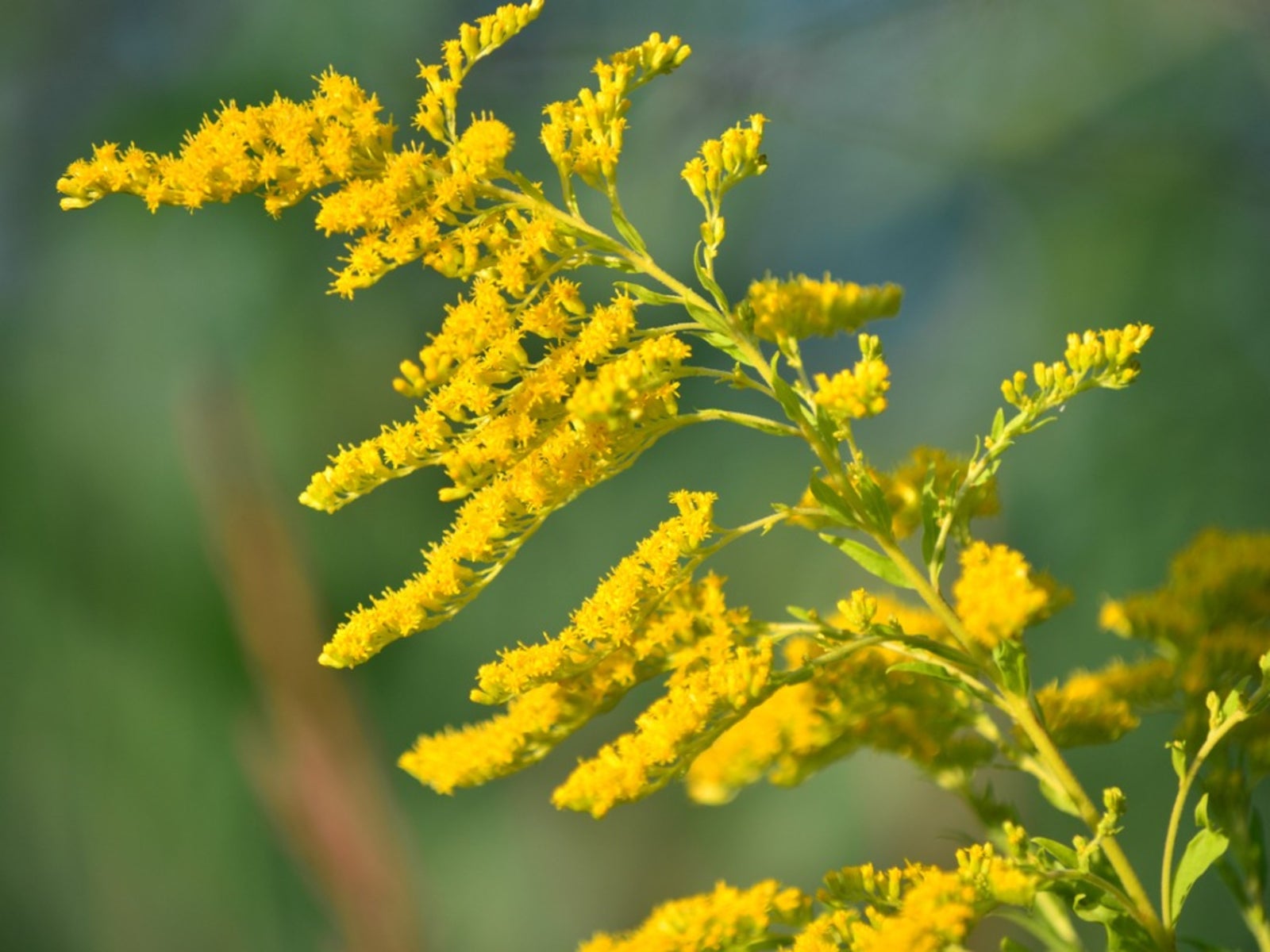 Goldenrod Care: Information And Tips For How To Grow Goldenrod Plants
Goldenrod Care: Information And Tips For How To Grow Goldenrod PlantsPlant goldenrod for masses of fluffy yellow summer flowers that pollinators adore.
By Becca Badgett